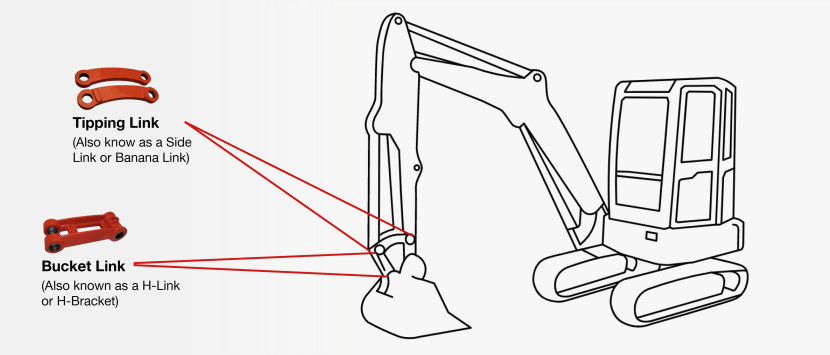
At HTS Plant, we prioritize safety above all else. Our MBR71 rollers are built to provide exceptional performance, but it’s important to always follow proper safety guidelines when operating them. Here are five key safety tips to ensure safe and efficient use on your construction site:
1. Pre-Operational Safety Checks
Before operating the MBR71 roller, always perform a thorough inspection. Check the following:
Hydraulic systems for leaks or damage.
Tires for proper inflation and wear.
Brakes to ensure they’re functioning properly.
Roller drum for any signs of damage or wear.
Performing these checks can prevent malfunctions and ensure the machine operates at its best.
2. Proper Training and Certification
Ensure that all operators are properly trained and certified to use the MBR71 roller. A well-trained operator can prevent accidents caused by improper handling. The necessary qualifications are:
Driving License: A full category B car license is the starting point.
Provisional Entitlement: You’ll need provisional entitlement for categories G (road rollers) and H (tracked vehicles) to operate this type of equipment.
- CE Marking: The machine is CE marked, meaning it meets certain safety and environmental standards.
3. Use Personal Protective Equipment (PPE)
Always wear appropriate PPE when operating or working near the MBR71 roller. Key items include:
High-visibility clothing for clear visibility on site.
Safety boots to protect against heavy equipment.
Hard hats to prevent head injury in case of falling debris.
Ear protection due to the roller’s noise levels.
This ensures the operator and surrounding workers are protected from potential hazards.
4. Maintain a Safe Operating Distance
When operating the MBR71 roller, always ensure that there is a clear and safe distance from other workers, equipment, and obstacles. Maintain:
Clear visibility of the entire work area.
Adequate distance between the roller and other workers.
Spotters or flagmen when working in confined areas to guide movements.
This prevents accidents caused by collisions or unexpected obstructions on the site.
5. Follow Manufacturer’s Guidelines
Always adhere to the manufacturer’s recommended operating guidelines and maintenance schedules. The MBR71 roller is engineered for optimal performance, but to keep it in top condition, regular servicing is crucial. This includes:
Lubricating moving parts as recommended.
Replacing worn-out components like tires and rollers.
Checking fluid levels and changing filters regularly.
By following these maintenance guidelines, you ensure the longevity of the equipment and the safety of your crew.
At HTS Plant, safety is integral to every piece of equipment we provide. By following these 5 safety tips when using the MBR71 roller, you can help reduce the risk of accidents and ensure that your project progresses smoothly and safely. Stay safe on site!





